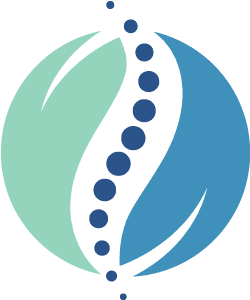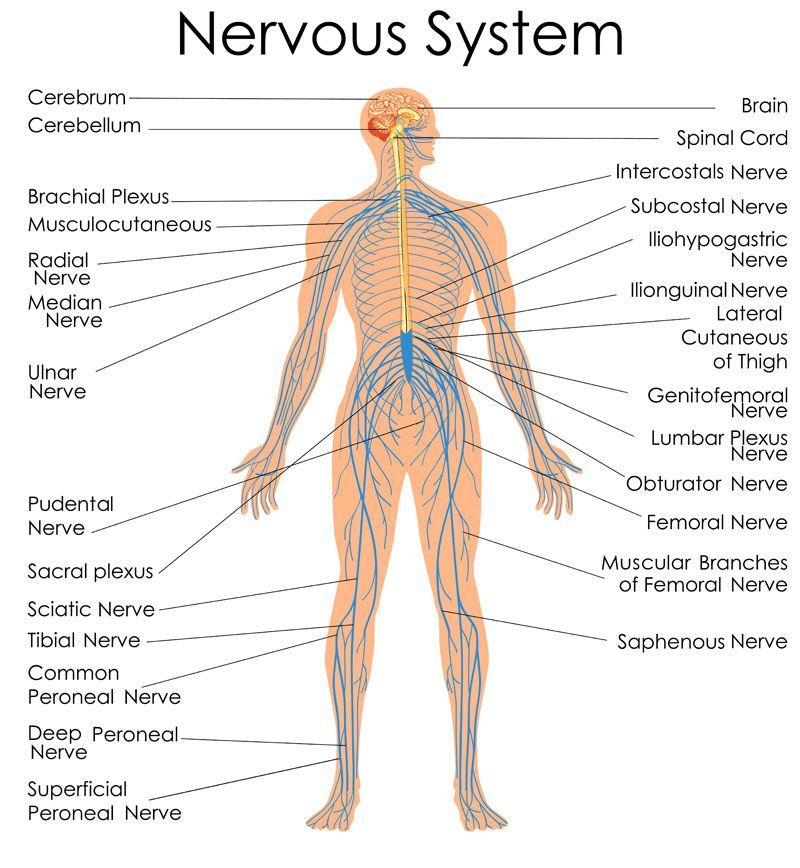Muscle Testing - Dr. Louis Granirer Holistic Chiropractor
"Muscle testing is a biofeedback mechanism that works with the autonomic nervous system’s responses. It can reveal imbalances in the body, as well as which supplements will work for us and which will not have an effect."
-Dr. Louis Granirer
NY Chiropractor
Leading Muscle Tester in Kingston Ulster County NY 12401
Contact Dr. Louis Granirer
NY Holistic Chiropractor and Leading
Nutrition Response Testing Practitioner
For a Free Consultation
Kinesiology Muscle Testing in Ulster County NY
Muscle testing is a biofeedback mechanism that gives the practitioner information about what is a problem for the patient or may be helpful for the patient.
Muscle Testing and the Nervous System
The part of the nervous system that muscle testing is connected to is the autonomic nervous system. This is a division of the peripheral nervous system, and largely regulates the involuntary or unconscious actions of the body.
Some of the unconscious actions that the autonomic nervous system controls are heart rate, digestion, respiratory rate, and pupillary response. Muscle control is involuntary and voluntary. The muscle response in applied kinesiological muscle testing is actually an involuntary response. In other words the patient does not have control of the response.
An example of an involuntary response by the body would be if a person goes into a dark room and the pupils dilate, this is a response to a stimulus outside of the body that a person does not have control of.
In muscle testing, a substance may be placed by a specific acupuncture point, and the muscle responds involuntarily. This is based on the premise that it is either stressing the nervous system or it is helpful to the body.
Using muscle testing to determine where there is nervous interference in the spine, involves touching different vertebrae and determining where there is weakness. When weakness is detected, the practitioner can determine how to correct the area.
Using muscle testing in nutrition testing is very detailed and thorough. The technique that I perform is very extensive and goes way beyond weakness or strength. I not only check for weakness, but also neutrality, and hypertonicity. I find that hypertonicity or extreme rigidity is often an overlooked aspect of a positive muscle test. I incorporated this extensive and intricate level of muscle testing thanks to Dr. Michael Lebowitz who taught me many of these details. This is what sets me apart from many muscle testers and has allowed me the great success that I have in my practice.
By placing substances near very specific acupuncture points on the body, the autonomic nervous system and brain respond by sending a signal to the muscle that is being tested. The muscle will either become hypertonic, weak, or remain unchanged. When the practitioner determines that the response is abnormal, they can apply this finding to the analysis. Most patients very clearly feel the difference in the muscle test and will often know when something is testing abnormally.
Contact Hudson Valley Chiropractor Dr. Louis Granirer for a Free Muscle Testing Consultation
Contact Dr. Louis Granirer today.





